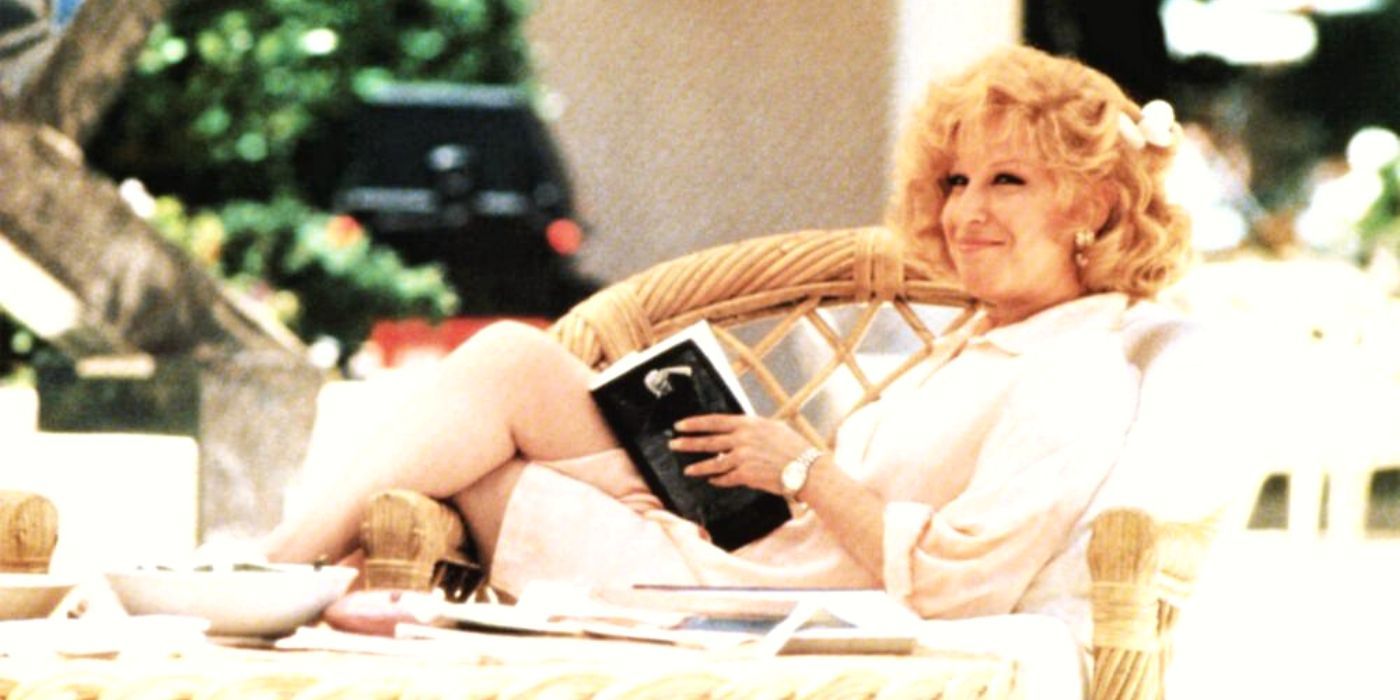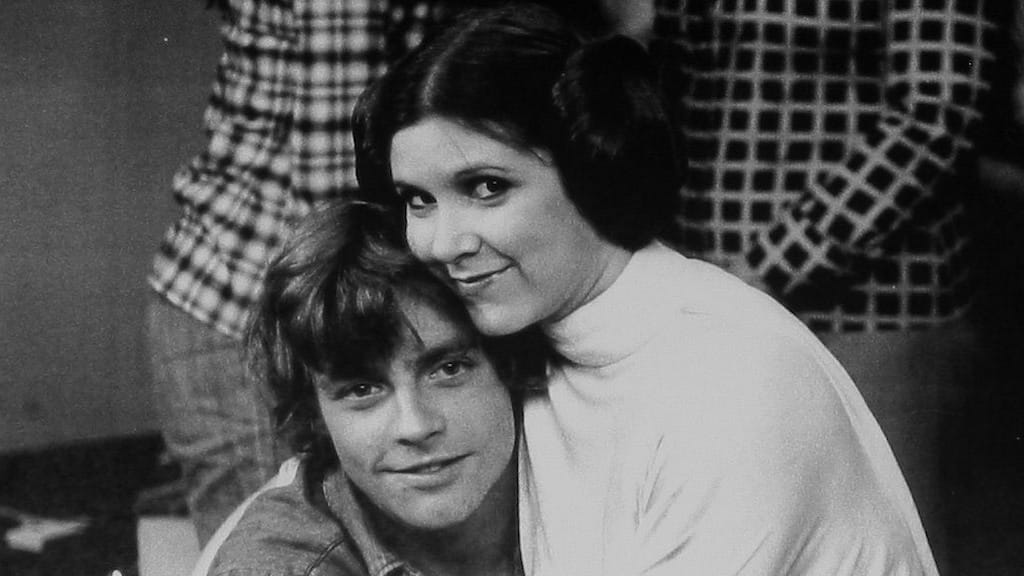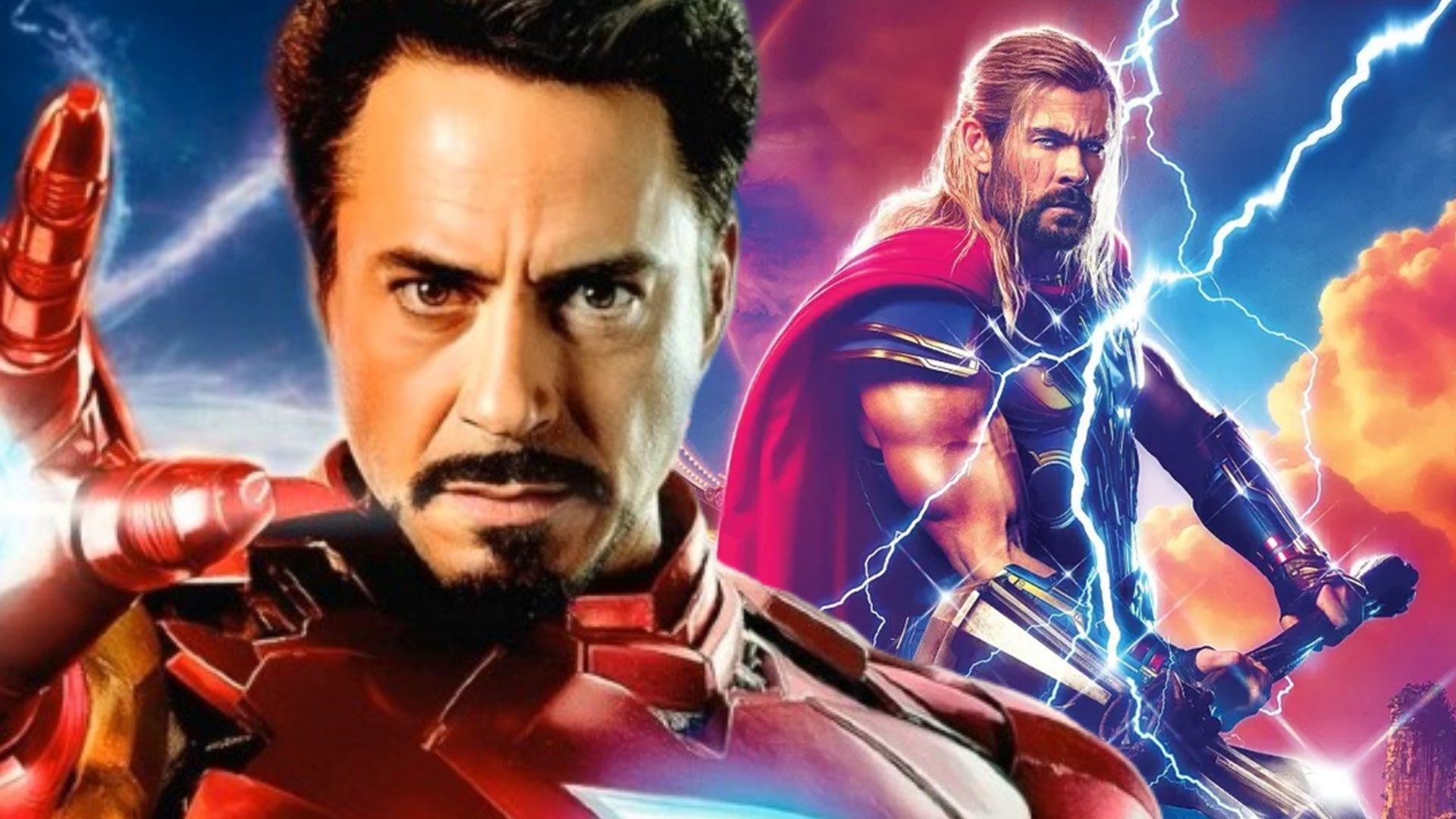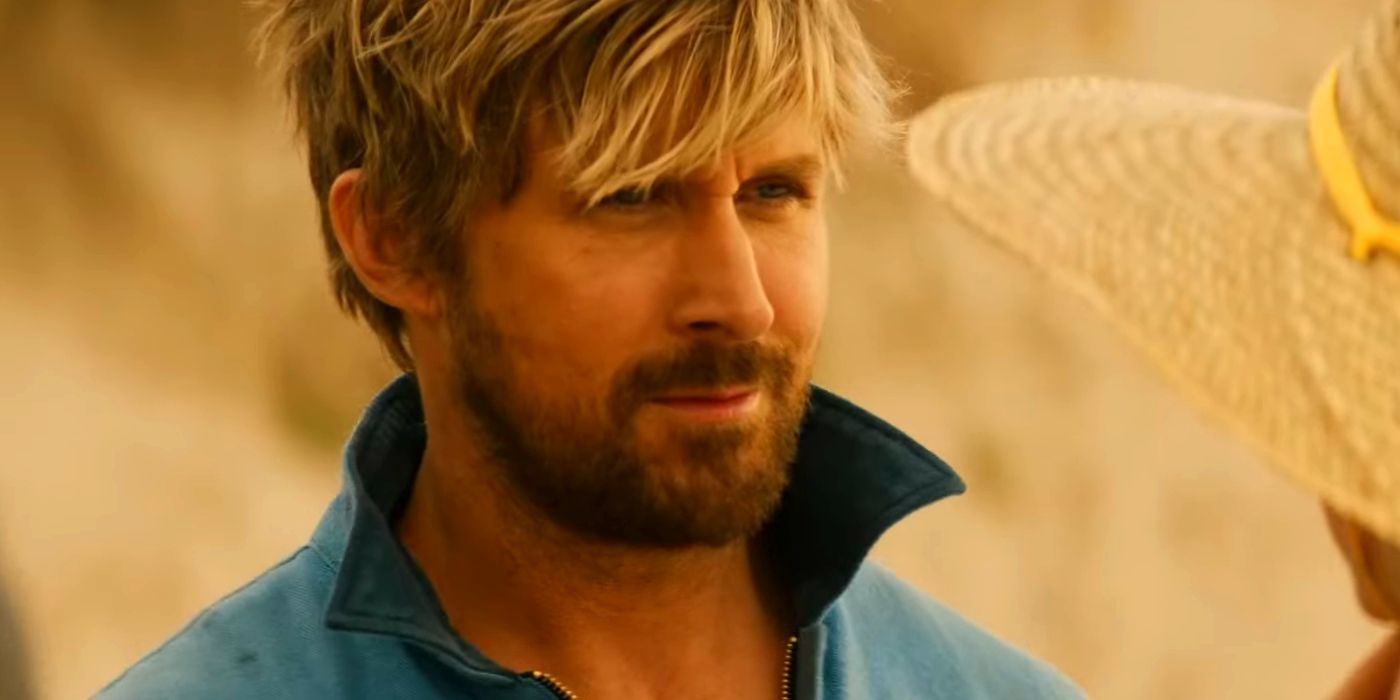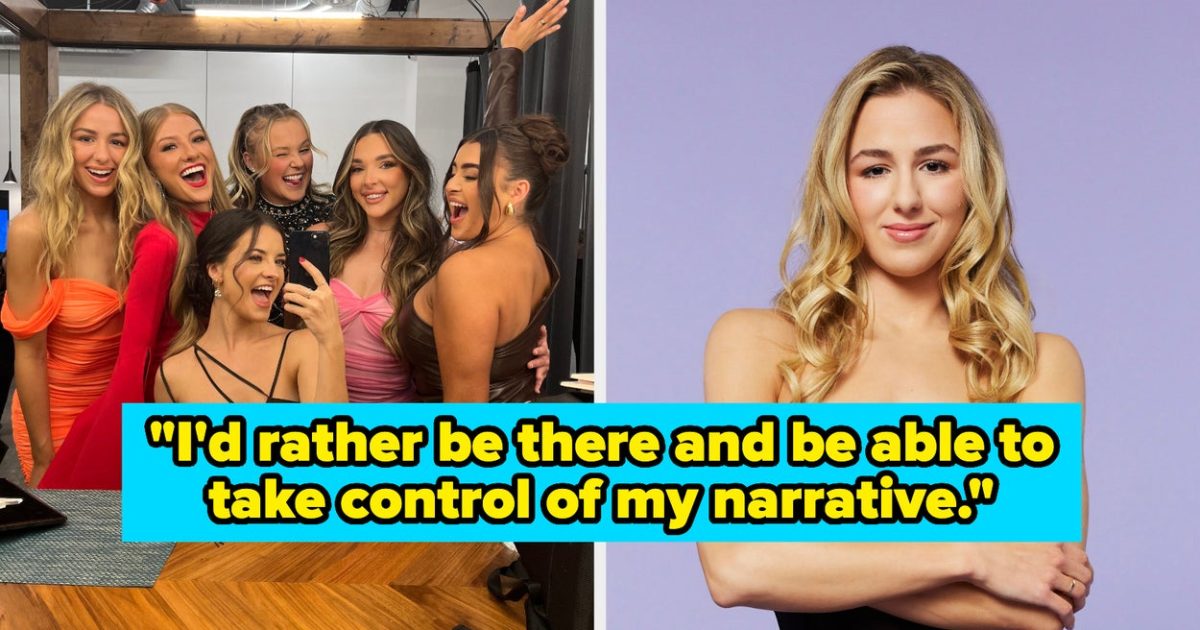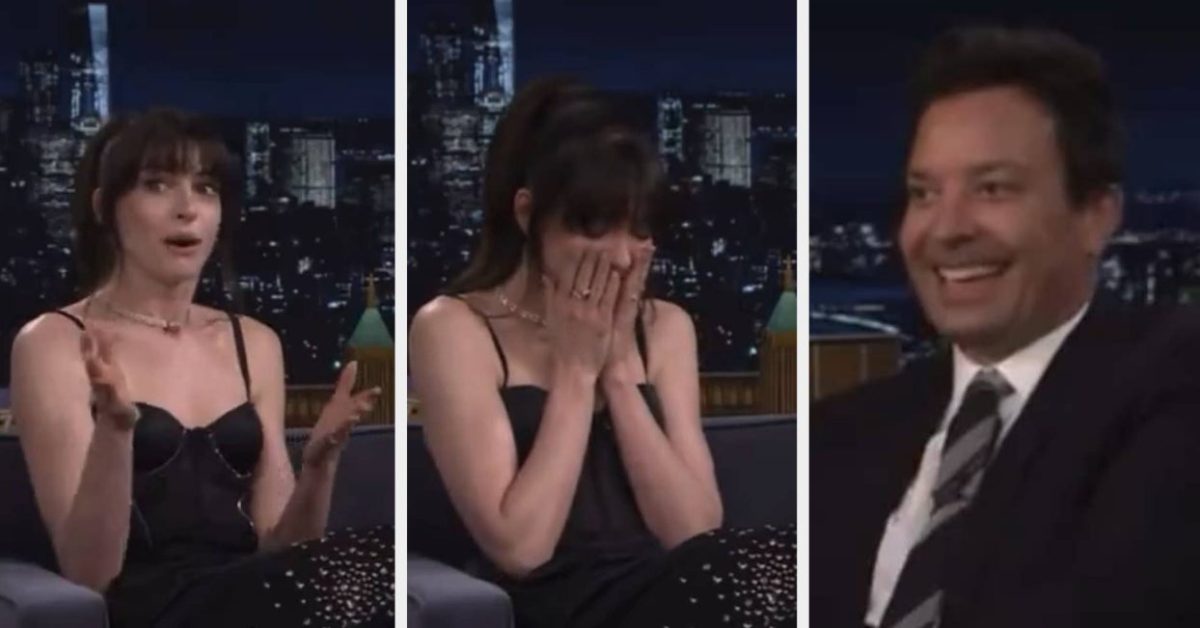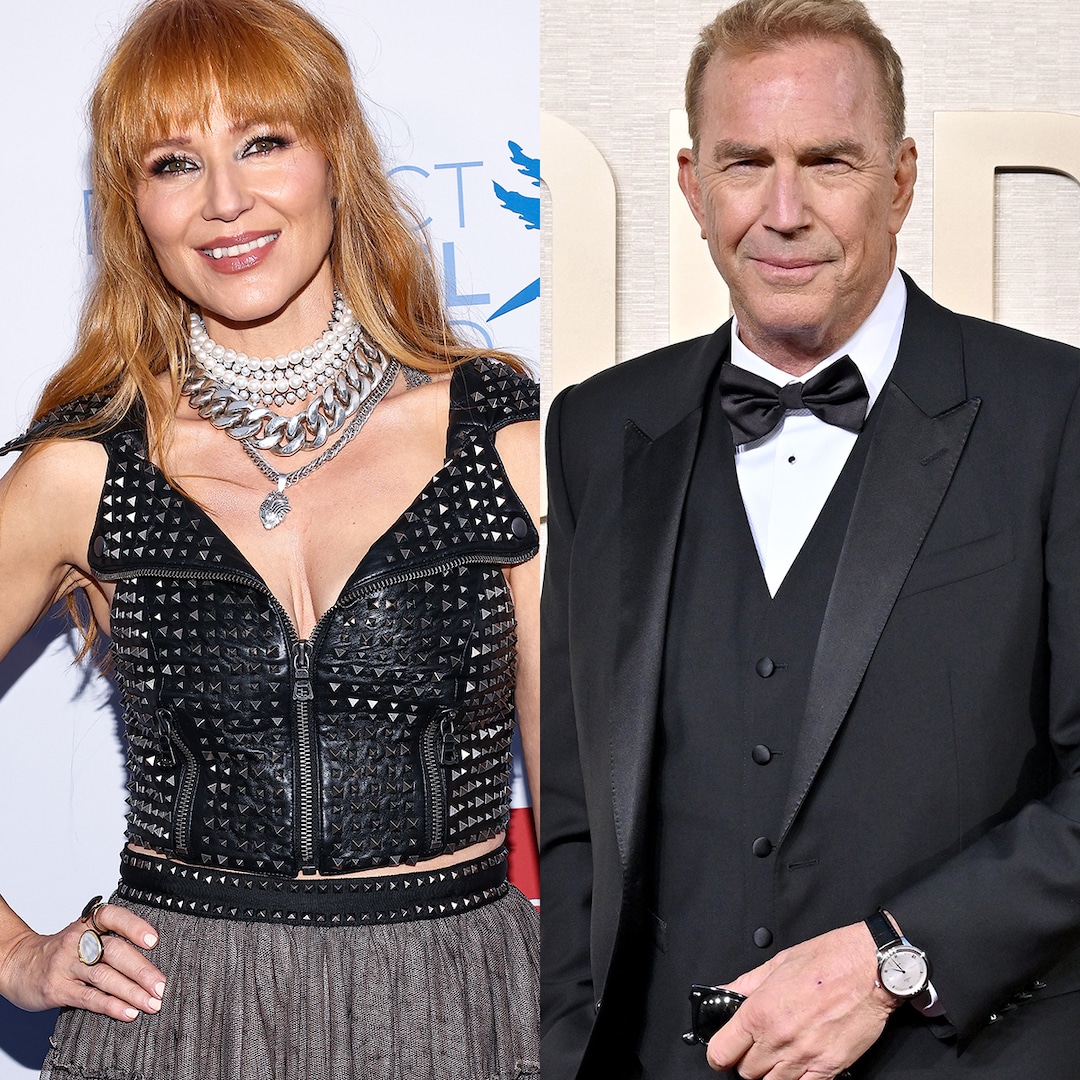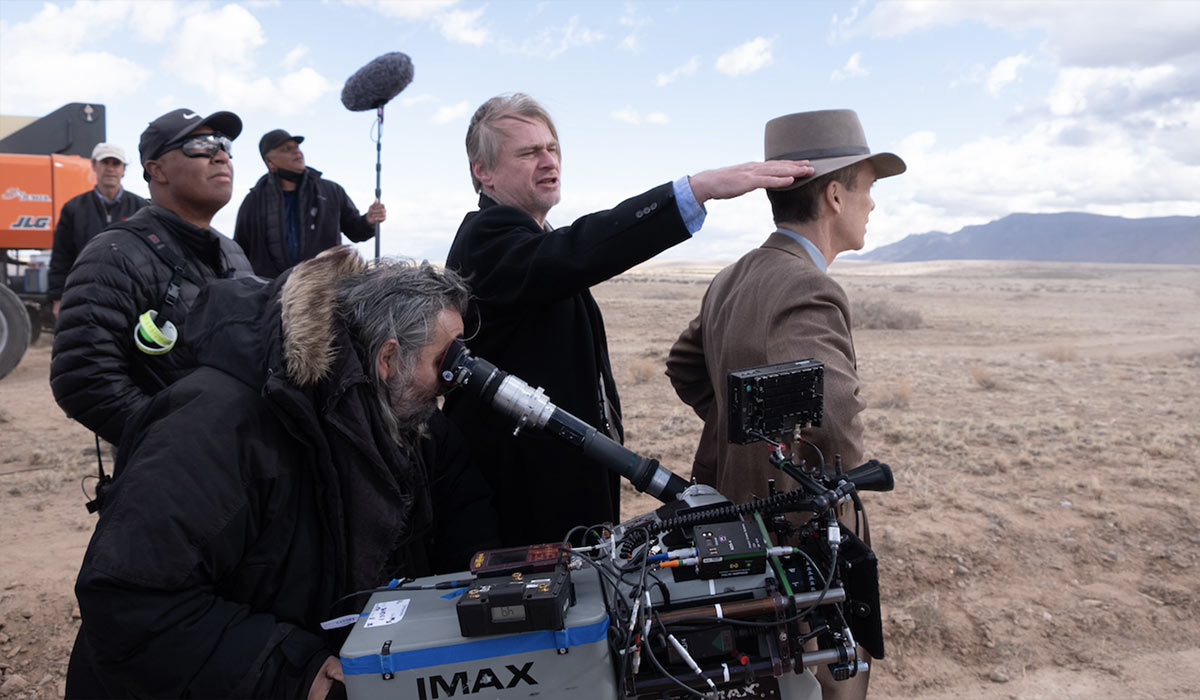
Hoyte van Hoytema Lighting Oppenheimer With ‘Our Own Technology’
Feb 9, 2024
If you were to look over Hoyte van Hoytema‘s resume you would probably think he already has an Oscar statue somewhere hidden in his home. Surprisingly, despite collaborations with Spike Jonze, Same Mendes, and Jordan Peele, among others, that isn’t the case. He has just two nominations so far and both are for Christopher Nolan movies, “Dunkirk” and “Oppenheimer.” His time is coming and it might just be this year for Nolan’s critically acclaimed period blockbuster and Best Picture frontrunner.
READ MORE: Emily Blunt: “We have to make Barbenheimer happen again” [Interview]
copy
Speaking to The Playlist late last year, Hoytema reflected on his process with Nolan, their lack of specific “aesthetic” (outside of that black-and-white choice), getting black-and-white film for IMAX (a first), whether he believes in “happy accidents” on set, and much, much more.
This interview has been edited for clarity.
_____
The Playlist: Correct me if I’m wrong, but this is the first film you’ve completely made in IMAX, right? “Tenet” wasn’t completely an IMAX film, am I wrong?
Hoyte van Hoytema: No. When we make films, we always mix the media for practical reasons. So, this film is partly made in IMEX and partly made on System 65, which is 65-millimeter film. IMAX is also 65-millimeter film, the two formats differ from each other in which IMAX, the negative runs horizontally through the camera, therefore, each frame is much bigger. And normal 65-millimeter film, the “Lawrence of Arabia” format, as we sometimes call it, the film runs vertically through the camera, and the frames are on top of each other. So, the frames are smaller. But we have worked a lot on methods to make them match each other so we could use both cameras. Because we have to use the [Panavision] system 65 sometimes because the IMAX camera is rather noisy. So, for intimate dialogue scenes, very often, closer scenes, we very often have to resort to 65-millimeter. However, we very often shoot the scene afterward, if we have several good takes, we would do a version on IMAX as well. We always try to throw in as much IMAX as we possibly can.
And apologies for my not knowing this clearly, but is the IMAX camera still massive, in terms of comparable to other 35-millimeter cameras?
Yeah. It’s much larger, but the System 65 camera is also a rather big camera. So, both cameras are sizey and they’re heavy, and for valid reasons. You have to imagine that a film camera that shoots on 65-millimeter, it’s a very thick strip of film, and the camera has to pull 24 frames through that camera every single second. So, it has a very heavy motor in there to be able to do that mechanically, it’s a very challenging thing. It’s a little bit of a hybrid between the precision of a Swiss watch, and a tractor kind of. So, the equipment gets a little bigger and a little heavier, yes.
Because of how big the cameras were, in this particular film, were there any shots or sequences you remember that were tough to pull off just because the cameras were so big?
We kind of designed our scenes a little bit around the technology that we have, and if we don’t possess the technology, we very often [create] our own technology. We do a lot of engineering, we build a lot of things. So very often Chris comes with a specific scene, and we read it, and we don’t know how to pull it off yet. But our prep is always a lot about engineering and figuring it out and figuring out ways. We both are very stubborn and we both always refuse to accept that things are not possible to do it in camera. So, he’s very inventive, I’m trying to be as inventive as I can. We have a crew that is very much into building and engineering, and so we always find a way. There’s a very strong commitment because the IMAX format in the 65-millimeter format is without doubt, it is the best medium to capture this on.
There’s no medium that has so much color that has such a fine resolution and such a lively, beautiful, and soulful registration of images. We want to bring that experience to the people and into the cinema but to get it on that format, it just requires a lot of work from our side. It’s not always easy. But on the other hand, I also very often think my job is not to work with comfortable equipment, my job is to wrangle and to master the equipment that gives us the most and the best possible quality.
Have you shot anything recently on digital, or are you almost exclusively film these days?
Feature-wise, I have done one film digital, which is “Her,” with Spike Jones. That’s the only film I’ve ever shot digital. But I work on digital cameras almost daily, because I do a lot of commercials.
Right.
I’m very, very much aware of the technology, and I work with the technology. And I would say of the amount of footage that I shoot, maybe in a year, if I do one feature, it’s 50/50. So, I know my digital very well.
I was just talking to a filmmaker a couple of weeks ago, and they were talking about how they were shooting on a much different system, it was Super 16. They had a beautiful scene, and as often happens in the history of film, the film came back and there were scratches. Because something had happened in camera or whatever. Do you ever get nervous that something you shot is going to come back and somehow the film will have been warped, or something will be wrong?
Yeah, well, a lot of things can go wrong, and it’s always nerve-wracking, but at the same time, with digital, we very often have data loss, and we lose whole scenes because we got data dropouts.
Oh, I didn’t know that.
Or you get, for instance, weird digital artifacts, et cetera. The principle is like, imagine an IMAX camera, it can capture an incredible 18K of resolution, at least. And there’s no digital camera that can do that, and imagine film, it’s a strip that has a chemical substance put onto it, printed onto it, it is light that falls straight through a piece of glass onto that emulsion, changes it chemically, you develop it and you preserve it, and that’s what you get. Whereas, with digital technology, there’s this whole processing of that image that is so abstract in a way, there’s a lot of different steps in it. From when it falls on a sensor, and then algorithms are applied to it, and the data is broken into bits, and those bits are then written on hard disks, or processed through a processor and then written for hard discs, going through different filtration. So, I find always a lot of security in the simplicity of the process. It’s a very rudimentary clear and pure process. And of course, always things can go wrong, and it’s always nerve-wracking, and it’s always exciting. But, it’s nothing that is sort of beyond our control, I think. Unexpected things always happen. Sometimes they happen for the good as well.
Were there any happy accidents in this film? Anything that you caught in the camera that surprised you, that you remember?
Yeah. I would very often argue that a film is a big string of happy accidents. Good filmmaking is very often, for me, creating an environment in which happy accidents can happen, and where everybody that inputs energy into the film has a chance to thrive as well. And also be flexible. So, when a sun bursts through the clouds, or when a cloud formation forms itself in front of your eyes, or when certainly heavy weather turns up, or when you light something and suddenly all your lights are off and you have to do it with two lamps…sometimes real magic happens in those moments. But I think you have to create an environment that embraces that, and that sort of welcomes that as well.
Something that sort of shocked me is there was no black-and-white format in IMAX before. Is that correct?
No, no. That is one of those things, where we have to invent an engineer again. Chris had written the black and white in the script already, because he decided this is the way I want to break up this story, in these two narratives, Strauss and Oppenheimer. And for Strauss, he wrote in the script already that he wanted to shoot it in black and white. We are, of course, big proponents of analog technology, if you want to go black and white in modern times now, what people very often do, is they take a color image, scan it, turn it black and white, and that’s it. We always try to avoid the scan, because whenever you scan, you basically throw a huge amount of resolution into the trash bin.
Oh. Yeah.
So, to preserve that resolution and the depth, and if you don’t want to scan, the only way to do it is to shoot on film. And so, we asked Kodak if they could make us black and white film, and of course, they never said no, and they sort of hinted to it that it was a challenge. But they lived up to it, and they managed to, first manufacture us a couple of test roles, that we tested, and already out of the gate, we could see the potential of it. It had a lot of problems, not necessarily from Kodak, but we found out that you cannot just run black and white cameras to 65-millimeter cameras that are not built for black and white. So, a lot of things, like light that reflects on the gates into the film and back again, create a lot of artifacts. So we had to rebuild the gates of the camera. And then the lab had to adapt its whole sort of post-workflow. They had to build a whole new chamber with new tanks because they had to constantly change those chemicals out.
Oh, wow.
And that’s a huge amount of chemicals and it’s like a whole production line. So, all the way from the beginning to the end, oh, there’s challenges. But it’s always heartwarming to see that when you really want something like this, and you really make your case, all these people that are serving our industry. Like the camera builders or the labs, they’re always up for a challenge, and they always want to find the best ways for you to do it. So, everybody was all in, and it was a big team effort from all these companies, and they made it work, and we loved it. If you see the IMAX version on analog projection, you’ll never see anything like it.
This isn’t testing that can be done in a week. Usually, a DP might start on a film maybe a month or two months before.
Yeah. Two to three months before. Yeah.
Yeah. How early are you starting when you work with Christopher?
When Chris starts to be ready to share his project, he shares [the script] early, and I read it early, and of course, in my mind, I start working. I start developing, and I sort of see already a little bit of what the challenges will be. We always build, for instance, lenses. I work together with Panavision on this, Dan Sasaki, who is a lens guru as we call him. He’s this kind of hybrid between an incredible engineer and an artist. He can build lenses that look a certain way, or that can do certain things, that off-the-shelf lenses cannot do. So, I always start the dialogue with him very early, and of course, he starts to very early think about it. And then there’s hard prep, and then we go into prep, and then it’s just hit the ground running, and almost every week we’re shooting small little tests. I’m driving around. And so, you never have enough time, but at the same time, I always love the fact that you’re stressed out enough during prep, and at some point you can prep as much as you like, but you have to start shooting your film. And a lot of things happen the moment that you actually start your film, and you always feel that you have either prepped too little or you have prepped too much. The moment the film starts, it’s a whole new thing. You work on a whole different kind of energy, and you sort of harvest your energy from very different places. You become much more reactive, as well as I think you become very often much more creative. When you get problems fired at you that are real, you have a crew waiting, and you just become very agile in a way, and very flexible. But also, that adrenaline level really makes you very good at problem-solving, and you reach a whole different level of creativity. So, I am always very happy when prep is over and you get to really play ball.
When you were in prep does Christopher give direction on the aesthetic or color palette he wants or do you expect a certain aesthetic because it’s a Christopher Nolan film?
Well, we have worked now four films together. So, a lot of conversations we avoid. We are not particularly “look” people or aesthetics people. As I said before, for us it is, we will find the best, and for us, in our taste, the most pure way of telling a story. We don’t like to make things blue, or we don’t like to make things all green, because we have free thought about a certain concept that this movie should be. It’s a much more intuitive thing. As well as, when you talk to IMAX, what you commit to is a very immersive way of storytelling. This means, your whole technology is not to approach storytelling in an intellectual way, but it becomes a very intuitive interaction with your audience. So, I very often use the example of framing. If you look at a television screen and you sit a few meters from a television screen and you see a nice frame, and you see for instance, something in the left side, and then you see a lot of negative space on the right side, you get a very intellectual analysis of that frame, and you see very much what somebody is trying to do with the frame. But we try very often to take that little step, that intellectual understanding of it, away from the equation. So, instead of looking at a frame and analyzing it, we want people to be within the frame, we want them to be in the movie, and not even think about it. So, what we are just trying to do with our immersive storytelling is to pull the audience in and forget that there are even filmmakers around it trying to tell them things or trying to believe certain things in a certain way. It has to be immersive, you have to be fully live within it. And with IMAX it’s very interesting because the format itself, if you sit in an IMAX screen, it’s a very square format, but the screen bounces a little bit around you, and your focus, as a viewer, is very much to the central of the frames. So, that’s in a way where you make give out the information of your frame, is all center based. Whereas the sites, therefore, your peripheral vision, and they’re there for mood and for atmosphere, et cetera, and that’s something that you don’t actively look at, but you still see. So, in that way, it’s never a talk about look or feel, but it’s very much a talk about how can we make the audience believe in what they see, and how can we pull the audience as deep as we can within this world without them questioning it. So, those kind of conversations, they’re very lively. And so, lens choice has become very important, right? Because a lens is very much a translation of perspective, and intuitively, we as an audience know when something is shot on a very long lens and we are very far away from the subject matter, or when it’s shot on a very wide lens and we’re very close to the subject matter, we feel, intuitively, we feel that intimacy.
“Oppenheimer” is available on digital download.
Publisher: Source link
Chloé And Christi Lukasiak On Life After Dance Moms
THEN: It’s so wild to think that Dance Moms first aired 13 years ago. Do either of you remember your first reaction to hearing Lifetime was going to make a TV show about the Abby Lee Dance Company? Chloé: Well, actually,…
May 6, 2024
Former Lakers Player Darius Morris Dead at 33
In 2013, Morris was reassigned to NBA G League team the Los Angeles D-Fenders. In 2014, he played for the Philadelphia 76ers as well as the Memphis Grizzlies on short-term contracts. He then joined the San Antonio Spurs and later, the Portland Trail Blazers before they waived…
May 6, 2024
Jimmy Fallon Praised For Saving Anne Hathaway From Awkward Moment
Anne explained at the movie’s premiere at SXSW: “For some reason, we talk about coming-of-age stories as being something that happens to you in the earliest part of your life, and I don’t know about you, but I feel like…
May 5, 2024
Jewel Shares Cryptic Message on Love Amid Kevin Costner Dating Rumors
Jewel's message on true love is a diamond in the rough. Although the singer—who rumored to be dating Kevin Costner —is continuing to play coy on their relationship status, she did recently reveal why she's in such a good place in life right now. "I…
May 5, 2024
